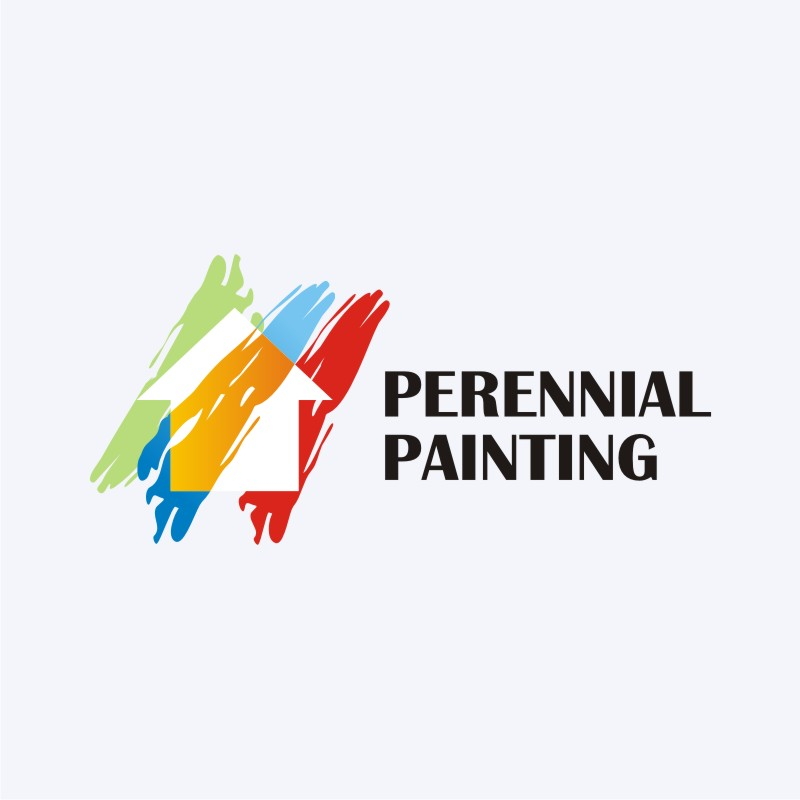The Efficiency Of Your Business Exterior Painting Project Is Carefully Linked To Weather Conditions-- Find Out Exactly How It Can Either Support Or Hinder Your Wanted Results
The Efficiency Of Your Business Exterior Painting Project Is Carefully Linked To Weather Conditions-- Find Out Exactly How It Can Either Support Or Hinder Your Wanted Results
Blog Article
Write-Up Created By-Duke Duckworth
When you're intending a commercial outside painting task, don't take too lightly the influence of weather on your outcomes. You require to take into consideration variables like temperature level, moisture, and precipitation, as they can make or damage your paint job. As an example, did you understand that perfect conditions call for certain temperature ranges and humidity degrees? Falling short to keep an eye on these facets can lead to uneven coatings or even damage to fresh paint. Comprehending these aspects is vital to achieving a resilient, specialist end result. So, what details weather should you be wary of?
Temperature level Considerations
When it concerns business exterior paint, temperature plays a crucial role in the end result of your job. If you're painting in extreme warm, the paint can dry also promptly, resulting in issues like poor bond and uneven coatings. You wish to go for temperatures between 50 ° F and 85 ° F for the best outcomes. Below 50 ° F, paint may not treat effectively, while above 85 ° F, you run the risk of blistering and splitting.
Timing your project with the ideal temperatures is necessary. Begin your work early in the morning or later on in the afternoon when it's cooler, particularly during hot months.
Likewise, think about the surface temperature; it can be significantly higher than the air temperature, especially on sunny days. Use a surface thermostat to check this before you begin.
If temperature levels are unpredictable, watch on the weather prediction. Sudden temperature level decreases or warm front can derail your strategies. You do not intend to begin repainting only to have the conditions alter mid-project.
Humidity Degrees
Moisture levels considerably affect the success of your industrial outside paint task. When the moisture is too high, it can prevent paint drying and treating, leading to a variety of concerns like bad bond and finish quality.
If you're intending a job during wet conditions, you may find that the paint takes longer to completely dry, which can expand your job timeline and boost prices.
On the other hand, reduced humidity can additionally posture challenges. Paint might dry out as well swiftly, avoiding proper application and leading to an unequal coating.
You'll wish to check the moisture degrees very closely to ensure you're functioning within the suitable array, commonly between 40% and 70%.
To obtain the best results, think about making use of a hygrometer to gauge humidity before starting your job.
If you find the levels are outside the optimum array, you might require to change your routine or select paints developed for variable conditions.
Constantly get in touch with the supplier's standards for specific suggestions on humidity resistance.
Precipitation Effect
Rainfall or snow can dramatically interrupt your commercial outside painting plans. When rainfall takes place, it can get rid of newly used paint or produce an irregular surface. Preferably, you wish to choose days with completely dry climate to guarantee the paint sticks correctly and treatments properly. If you're caught in a rain shower, it's best to halt the project and wait on conditions to improve.
Additionally, snow can be a lot more damaging. https://raymondqavgr.blog5star.com/33738487/enhance-your-paint-talents-with-vital-devices-and-techniques-tailored-for-novices-opening-the-secrets-to-developing-eye-catching-artistic-works does it develop a damp surface, however it can likewise reduce temperatures, making it difficult for paint to dry. This can bring about problems like peeling or blistering down the line.
https://www.staugustine.com/story/entertainment/arts/2022/05/15/st-augustine-featured-exhibit-governors-house-cultural-center-museum/9705052002/ to check the weather report before starting your job. If rainfall or snow is forecasted, think about rescheduling.
Always keep in mind to permit sufficient drying out time between coats, especially if the weather continues to be unforeseeable.
Final thought
In conclusion, watching on the weather is necessary for a successful industrial outside painting job. By keeping track of temperature level, moisture, and rainfall, you can make sure the best problems for application and healing. Bear in mind to prepare your work around positive climate and constantly follow maker guidelines. With the ideal approach, you'll attain a durable, gorgeous finish that can endure the aspects. Don't allow the weather catch you off guard-- stay notified and paint smart!
